By Blaine Taylor
“What General Weygand has called the Battle of France is over,” intoned British Prime Minister Winston Churchill. “The Battle of Britain is about to begin.” Those famous words were uttered as German armies steamrolled beaten French armies in the spring of 1940 and chased the British Expeditionary Force into the sea at Dunkirk in one of the most successful military campaigns in martial annals.
“A Man of Authority and Good Sense”
But who was General Maxime Weygand? Small in stature, weighing only 120 pounds and standing but five feet tall, Weygand was a mild-mannered and reserved soldier who is today virtually unknown among the senior military commanders of France during the early days of World War II.
It was Weygand who took over the routed French armies from General Maurice Gamelin on the very eve of their defeat. Prior to the debacle of May 1940, Weygand had been consulted by all the Great War Allied political leaders and military commanders of his generation.
His main French military rival was Gamelin. Called “a man of authority and good sense … who was always a man who did too much” by his biographer, Weygand was both a practicing warrior and prolific author like his peer, Philippe Pétain, and his protégé, ally, and sometime foe, Charles de Gaulle. All told, he published 21 books and penned 21 prefaces and introductions for other writers’ works.
Weygand was denied the highest honor of a baton of a Marshal of France despite the fact that two of his former protégés, Alphonse Juin and Jean de Lattry de Tassigny, were, indeed, given the coveted staffs.
Reviewing his accomplishments in the Russo-Polish War of 1920 when Weygand was dispatched as chief military adviser to the embattled Poles fighting the Red Army outside Warsaw, Churchill assessed him thus: “A soldier of subtle and commanding military genius veiled under an unaffected modesty … France had nothing to send to Poland but this one man. He was, it seems, enough.”
The Poles defeated the Russians, thus securing their eastern frontier for almost the next two decades, but Weygand’s true role, given full credit by some historians and virtually none by others, is still debated more than 90 years later. Another martial observer characterized Weygand as “the ideal soldier: precise, hardworking, firm in opinion, yet modest; brave, yet prudent; believing intensely in discipline, method, and organization, but neither stereotyped, nor deficient in resource.”
Noted still another contemporary of General Weygand: “I had the most absolute deference toward, and respect for, his person. Without wishing to idealize him, I considered him one of the most remarkable people of our time, due to his broad outlook, serenity, uprightness, fundamental honesty, and deep faith, as well as the wideness and catholicity of his learning, moral rectitude, and fidelity of his friendships.”
It was Weygand’s historic fate to witness his country’s fall to the Germans twice, in 1871 and 1940, as well as its resurrection and triumph twice, in 1918 and 1945. His long life spanned the Second Bonapartist French Empire of Napoleon III through the Fifth Republic presidency of “le Grand Charles,” the haughty de Gaulle. His main fear both in 1940 and 1944 was that communist revolution might break out, akin to the bloody Paris Commune of 1871
Hidden by the omnipresent shadow of Allied Generalissimo and French Marshal Ferdinand Foch (whose chief of staff he was, both during and after World War I) for nine years of his career, Weygand was present at the 1918 Armistice negotiations, reading out the terms to the vanquished Germans, in the famed railroad dining car at Compiegne that ended World War I. He was also a key player at the 1919 Paris Peace Conference, in which he, albeit briefly, held sway at center stage as commander in chief of the greatest army in continental Europe before its Gallic sword was shattered.
While at the 1919 conclave, French statesman Georges Clemenceau characterized the quiet Weygand as “dangerous, but valuable,” an opinion shared by others.
A Man of Mystery
Oddly, mysteriously, and still controversially, neither Weygand’s actual birth date nor his nationality, and not even his parentage, are entirely certain to this day. Born in Brussels sometime during 1865-1867, Weygand had a father who was most likely Belgian, and a mother who was possibly Austrian. It has even been rumored that he was the grandson of the famed Viennese diplomat Prince Clemens Metternich and the bastard son of either the mad Empress Carlotta of Mexico, or of her brother, Leopold II, King of the Belgians. No one is entirely sure.
“I was raised by a Jew,” as Maxime de Nimal, he himself asserted later. However, he was allowed to be baptized as a Catholic in 1877 at the approximate age of 10. In 1888, when Maxime was about 23, he was adopted via a financial transaction by the Jew’s accountant, one Francois-Joseph Weygand. Thus, he became the French citizen Maxime Weygand known to history ever since. Spitefully, de Gaulle once told his son Philippe that his rival was “without a drop of French blood in his veins.”
Nevertheless, young Maxime entered the French Army as a Belgian cadet, graduated from the famed military academy of Saint-Cyr in 1887, and received his first cavalry posting at the foot of the Alps. An avid reader of martial writings by Napoleon, Weygand also went to the elite, aristocratic French cavalry school at Saumur, where he was a top instructor for five years, until 1905.
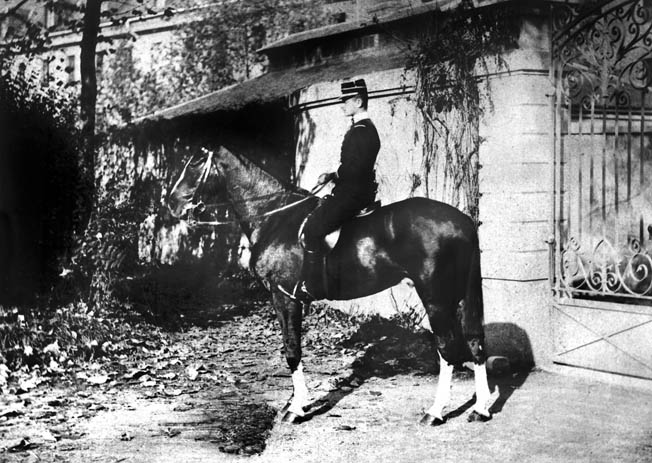
Using a doctored birth certificate to effect his marriage in 1900, Weygand was a lieutenant colonel in 1914 and had served 28 days in action with the 5th Hussars when Foch selected him as his chief of staff, a post he held until 1923. Subsequently, he served mainly as a staff officer and not, therefore, a commanding officer for rather a long tour.
“This Utter Outsider”
Called by some of his more combat-oriented peers, including de Gaulle, “this utter outsider,” Weygand’s organizational passion was in attention to detail. Beside Foch, he also idolized France’s colorful “Papa Josef” Joffre, even after the catastrophic mutinies of the French Army in 1917. Promoted to brigadier general under Foch, Weygand was sent to Switzerland to advise the Swiss how best to counter a possible German invasion, a specter that raised its ugly head again during World War II when he commanded the French Army.
Renowned as the taker of copious notes during high-level staff conferences, the unobtrusive Weygand was considered as “a useful go-between” by all the Allies and saw the entire Great War from the very top of the command pyramid, from the inside looking out. His peers, however, considered his lifelong idolatry of Foch misplaced.
On May 9, 1923, Weygand arrived in Beirut to take up the first real independent command of his career when he was named High Commissioner Levant of the French Mandate of Syria and Lebanon in the Near East. Soon, noted a biographer, “The Arabs began seeing miraculous powers in this French official,” so good a colonial administrator he was deemed to be, “with both art and science in his soul … a military thinker” as well.
Indeed, Weygand developed into a sort of French Eisenhower during this period, coaxing disparate elements to work together smoothly. Like the Italians in their interwar colonies, General Weygand also became known as a builder of roads and railways. Still, a French leftist government in Paris recalled him on November 29, 1924.
Back in “Metropolitan France,” the bookish, wiry Proconsul Weygand was posted as director of the Center of Higher Military Studies in Paris, the so-called school of marshals, in 1925. He was also named as vice president of the French Supreme War Council.
Predicting France’s Doom
Like de Gaulle, Weygand was an advocate of developing armored warfare capabilities within the French Army. Weygand became the army’s chief of staff on January 3, 1930, with his rival Gamelin as his own staff chief. Gamelin was slated to succeed Weygand as chief later on, with Weygand assuming the office of president of the Supreme War Council. Therefore, the little general was designated as the future wartime generalissimo of all French armies in the field for the expected war that was to come against a rearmed Germany.
Weygand was opposed to the French disarmament mania then current, and he favored tanks and a two-year draft. Elected to the French Academy in 1931, he was revered as a wonderful organizer. He also became obsessed with airplanes and arms limitations, yet worked well with War Minister Andre Maginot and, indeed, supervised the building of the famed line of defensive fortifications named after Maginot.
In 1932 came military budget cuts under Prime Minister Edouard Daladier, who wanted Weygand out. During 1930-1935, there were 10 French war ministers under 16 separate governments in Paris and, gradually, the less dogmatic Gamelin came to the fore at Weygand’s political expense. On January 2, 1935, he edged out Weygand, both as generalissimo in time of war and on the Supreme Council, as well as in the offices of chief of staff and inspector general. Weygand retired from the army that same year.
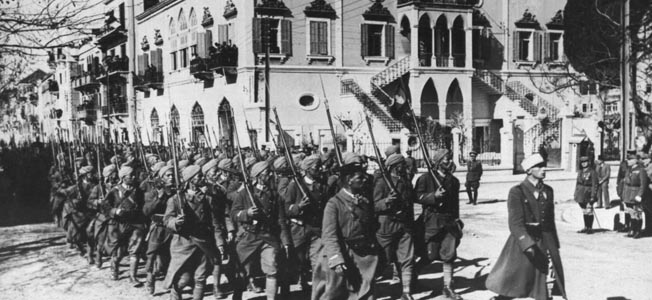
Outmaneuvered politically, Weygand the scholar emerged again as he concentrated more on book writing and less on the static defense policies being advocated by both Gamelin and Pétain during the late 1930s. In one of his popular military pamphlets published in 1937, General Weygand accurately predicted the fate of the French armed forces three years hence: the air force destroyed on the ground, the Maginot Line bypassed, and the role of German and not French armor in winning the first campaigns.
Colonel de Gaulle concurred, and so the two became temporary allies. Daladier recalled Weygand to active duty in August 1939, on the eve of World War II, as commander in chief of the Orient Theater of Operations.
“Hurled to the Top” of the French Army
The highly decorated Weygand was either 70 or 72 years old and found himself back in Syria, far from Metropolitan France, where his foe, Gamelin, considered him a noisy nuisance. Restored to the colonies, Weygand was an avid admirer of black French colonial troops, especially the hardy Moroccans of North Africa and the tough Senegalese of West Africa.
Considered a “military Jeremiah” in Paris, Weygand was pro-draft and favored the 1792 “nation-in-arms” concept of war but opposed de Gaulle’s plans for a smaller, professional army instead. He had traveled to Spain, Iran, Turkey, and Romania, and was considered knowledgeable about their armed forces, even by his rivals.
According to biographer Barnett Singer in his fine work Maxime Weygand: A Biography of the French General in Two World Wars, he suddenly found himself “hurled to the top” of the French Army in May 1940 after but 10 days of Gamelin’s field command proved to be an utter failure. It was, in his own estimation, two weeks too late, however, to halt the latest Teutonic invasion.
Flying from Beirut on May 18, Weygand was appointed commander in chief on the 20th and came under enemy fire on his very first tour of the front. Even as he traveled by road daily and covered great distances, the word “armistice” was already being mentioned, not only by Marshal Pétain, but even among his own staff. Weygand saw no other choice but to declare Paris an open city in order to forestall a repetition of the German artillery bombardment of 1871, much less a Luftwaffe aerial attack. He also promoted de Gaulle to brigadier general.
Weygand in the Vichy Military
Weygand prevailed in sending the undefeated French fleet to France’s North African ports of Dakar and Mers-el-Kébir. Politically and strategically, the wily Weygand viewed colonial France as an eventual springboard for the Allied liberation of continental France. This was the very policy advocated by de Gaulle’s Free French from London starting in June 1940 and secretly also desired by Marshal Pétain’s “pro-German“ collaborationist government at Vichy in southern France from June 1940 to November 1942.
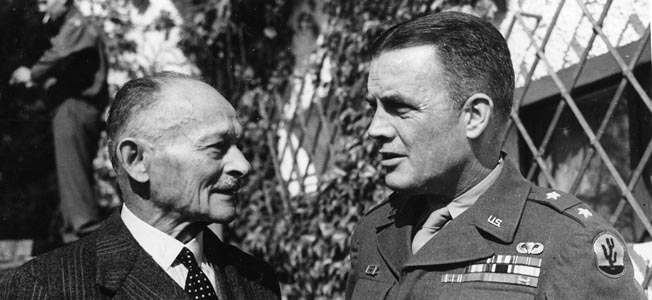
It was also Weygand who selected French Army General Charles Huntziger to conduct the second set of negotiations in Foch’s dining car, now back in the forest of Compiegne, having been moved from a museum to its earlier location for the humiliating 1940 surrender proceedings. Due to the Weygand-Huntziger combine, France emerged with its fleet and colonial empire entirely intact and unoccupied, plus a smaller French Army still under its own commanders. It was no mean political feat. Both Pétain and de Gaulle owed Weygand much. He was able to play a slick double game: both pro- and anti-German in France as well as with Vichy’s Jewish populations in Africa and France.
Weygand vetoed continuing an active war from North Africa, however, mainly because he did not see it as winnable. He was named by Marshal Pétain as defense minister on June 17, 1940. As such, he personified the spirit of Vichy resistance to the hated Germans. He bided his time, rebuilt the army both in France and abroad, and quietly awaited the day of revenge.
Weygand was succeeded by Huntziger after 11 weeks in office and sent to North Africa by Pétain to continue a jointly agreed upon martial policy of peace.
After suffering six broken bones in an air crash, Weygand left France on October 9, 1940. In 40 days, he flew all over North Africa visiting his new command sites. On August 9, 1941, Weygand was also named governor general of Algeria. His efficiency led Hitler to call for his relief.
By November 11, 1941, he was again forced out of office for political reasons. He had wanted to form an all-black army in Senegal but was stymied. Still, Weygand increased the French colonial army in North Africa from 30,000 to 180,000 men equipped with tanks, machine guns, trucks, and artillery before his ouster due to German pressure.
The Long Life of Maxime Weygand
Weygand went into exile at Cannes in the south of France, but was arrested by the German SS on November 12, 1942, after the Allies invaded North Africa and the angry Nazis seized unoccupied France in retaliation. Handcuffed, the aging four-star general was taken to Radolfzel on Lake Constance and was later transferred to Castle Gorlitz in German Mecklenburg, where he started writing the first volume of his memoirs. He and his wife were safely liberated by the U.S. Army in 1945.
In Paris and now pro-Gaullist, Weygand testified on Marshal Pétain’s behalf at his trial and was acquitted at his own on May 6, 1948, after which he recovered both his rank and his former assets. He spent his declining years as a prolific author and died at the approximate age of 99 on January 28, 1965, after breaking a thigh bone in a fall.
Over 15,000 people attended his funeral, but Weygand was denied burial in the Hotel des Invalides near Napoleon I and Marshal Foch, another nasty swipe by then-president of France, Charles de Gaulle.
In death as in life, therefore, Maxime Weygand, holder of the highest military orders of France, Belgium, England, the United States, and Morocco, stood at center stage in French martial politics.
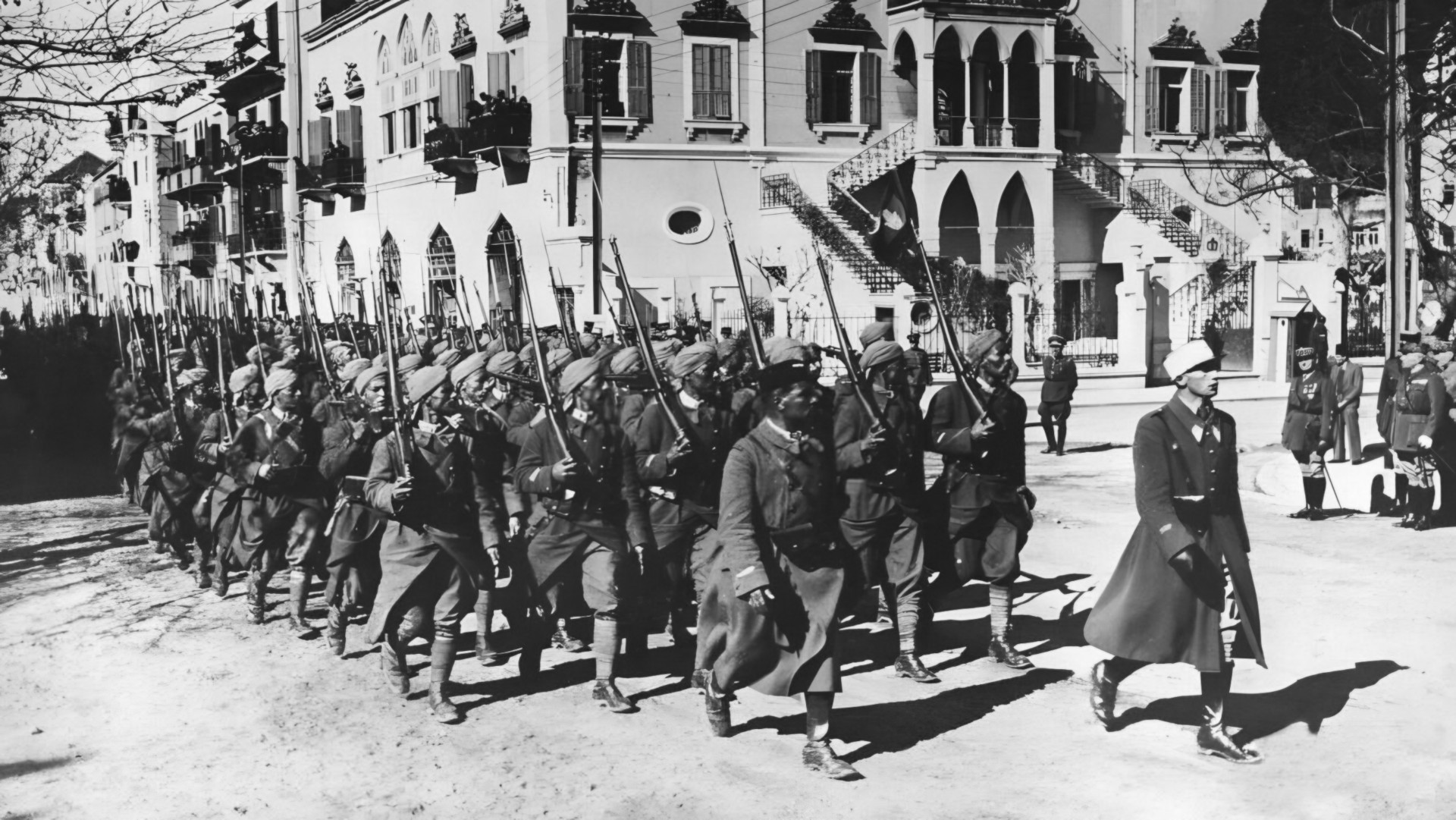
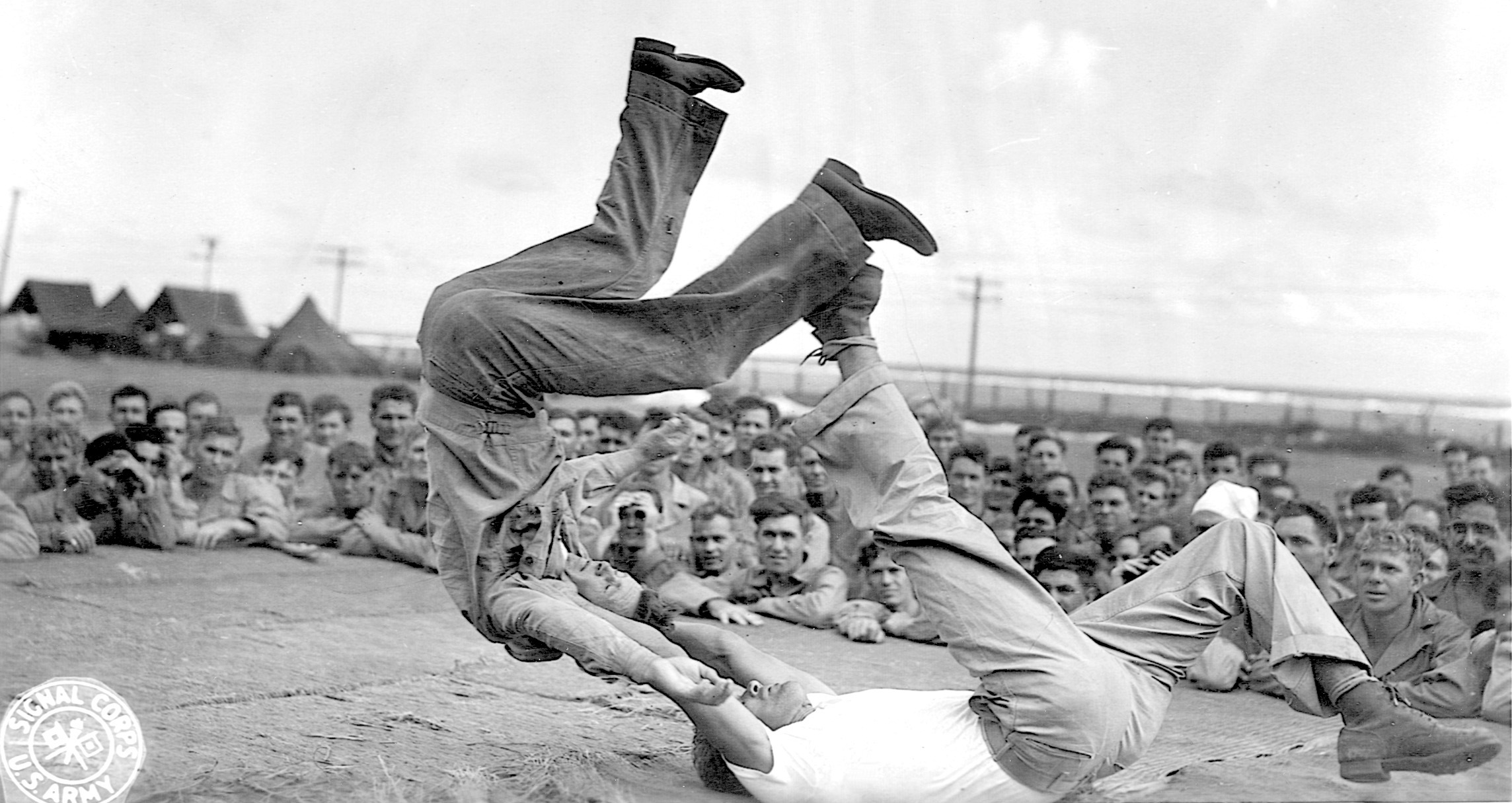
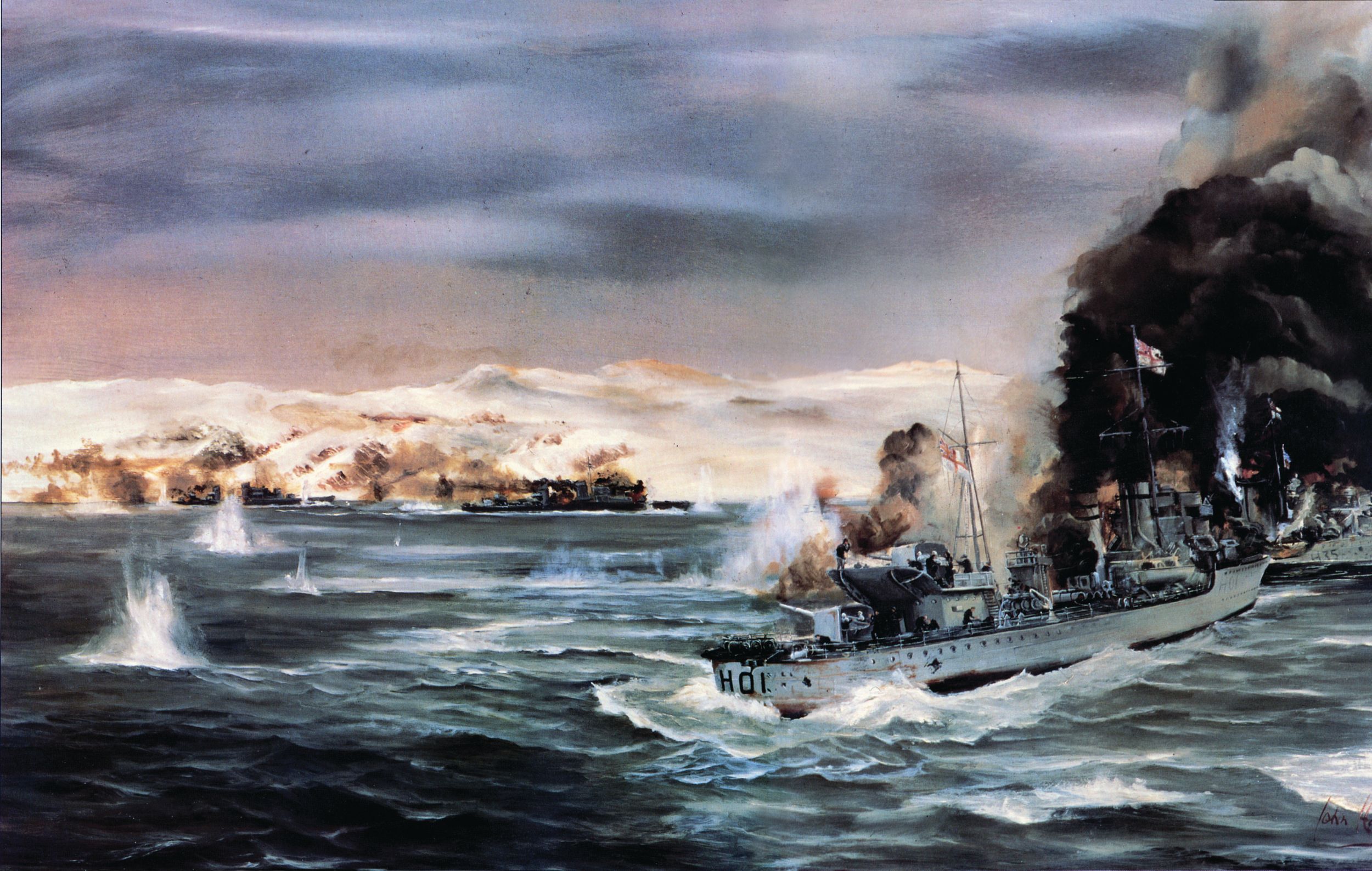
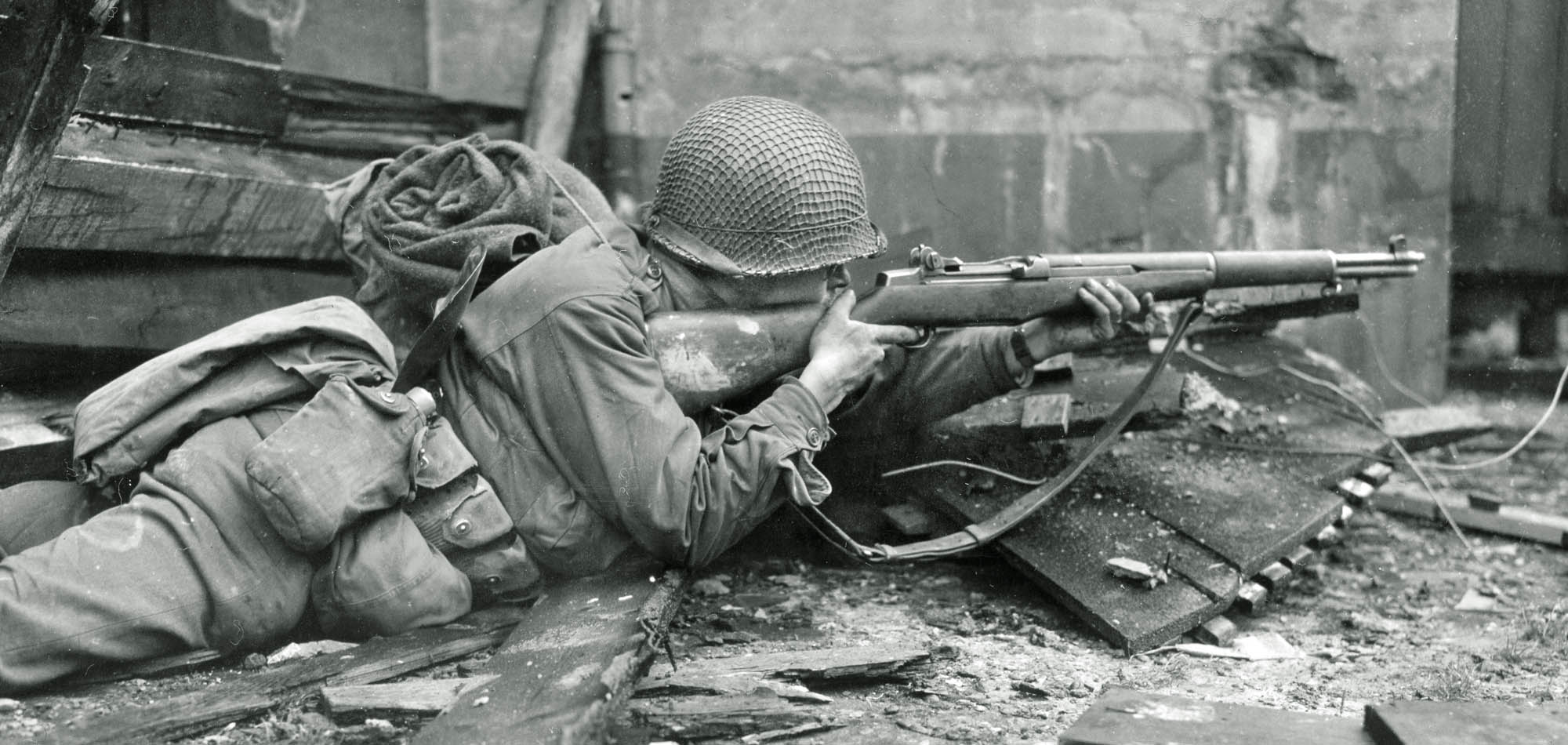
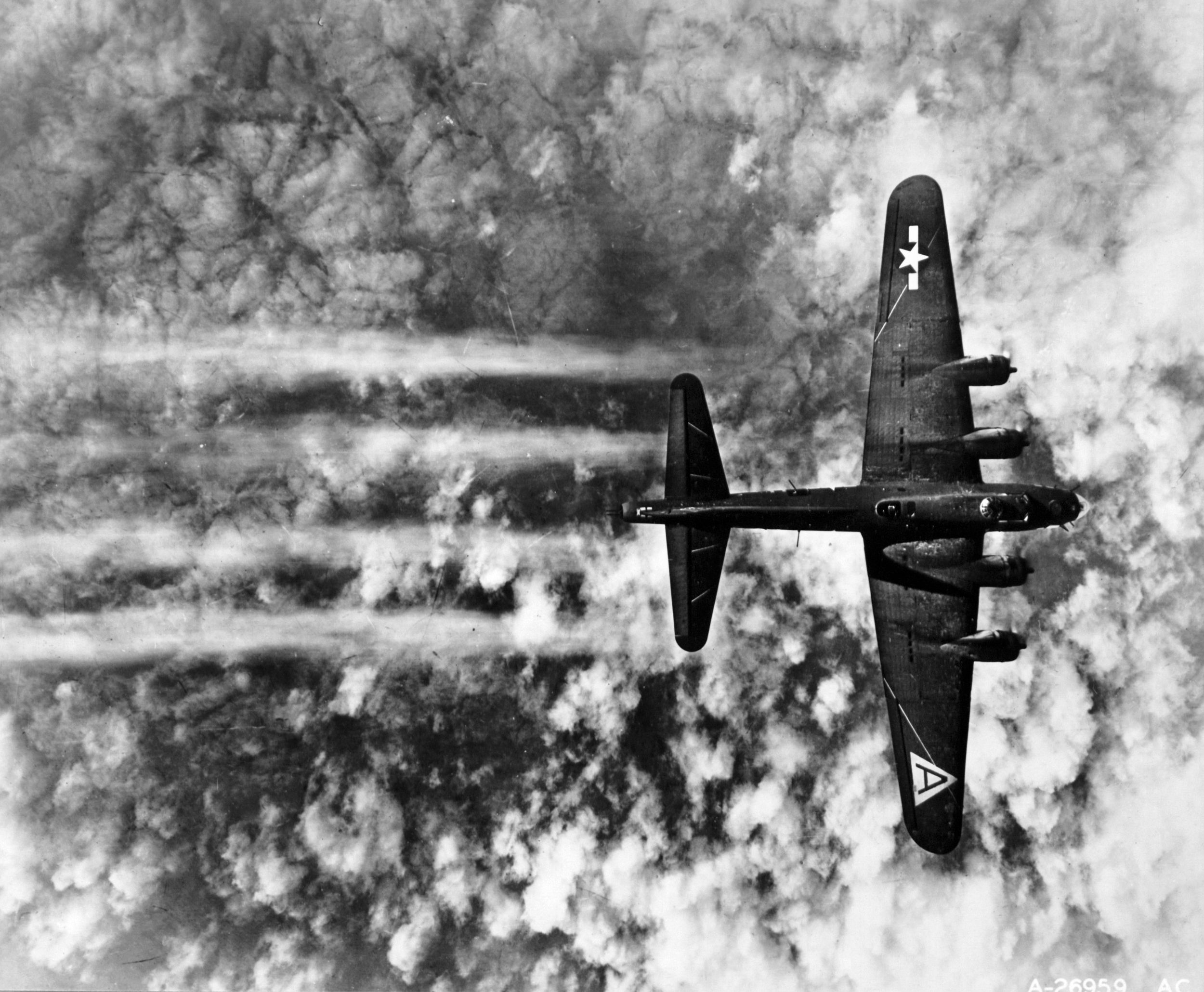
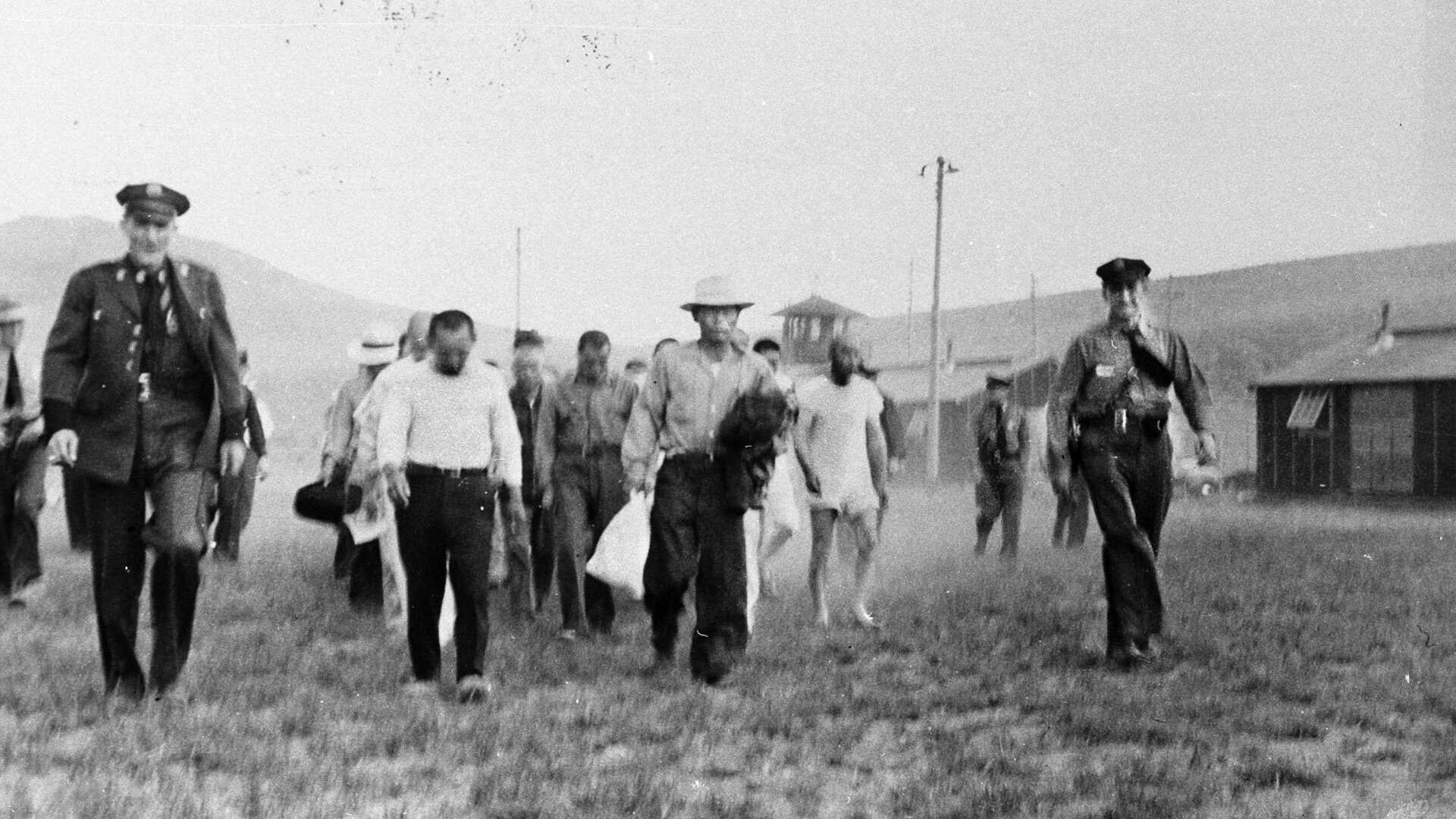
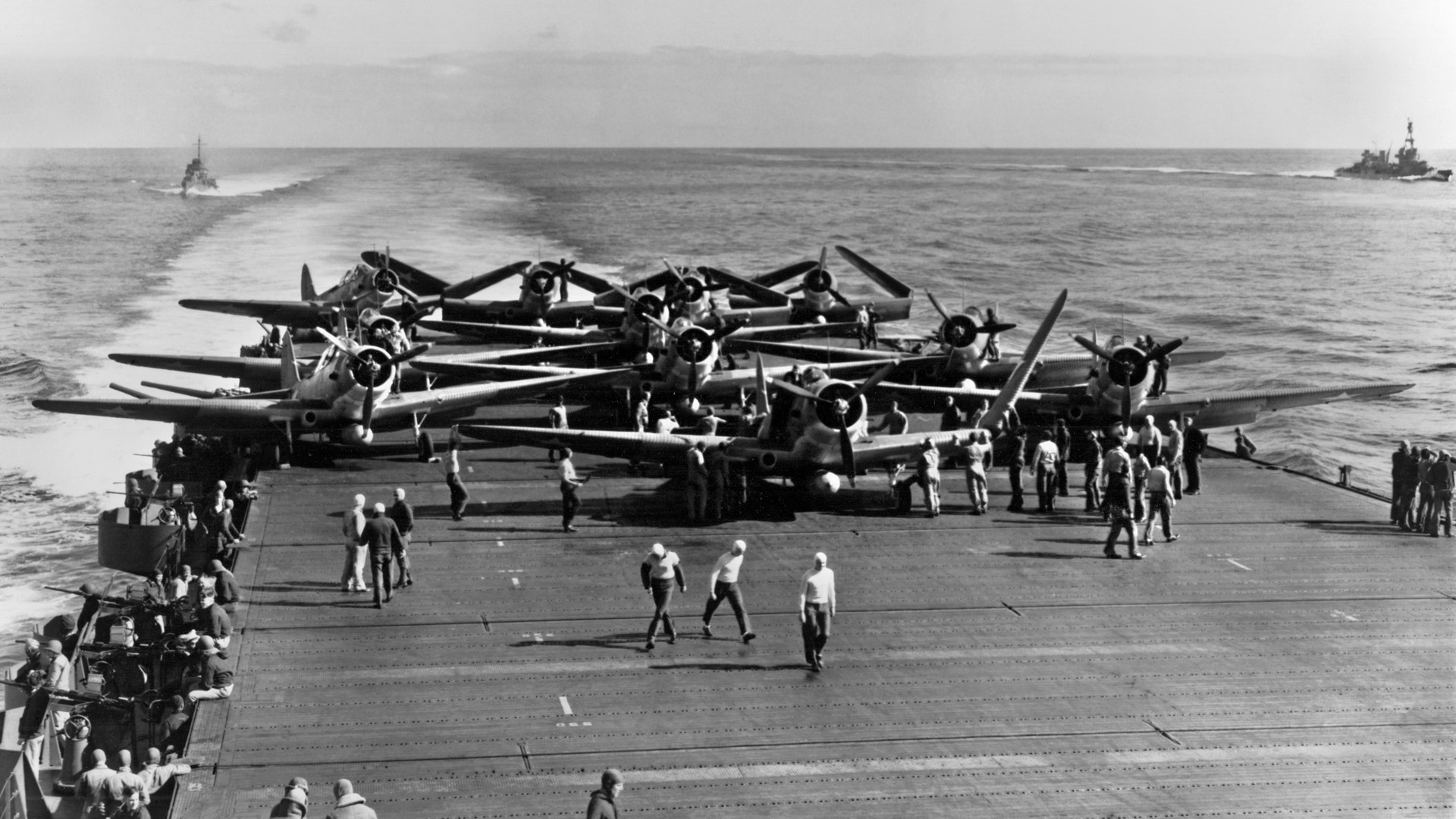
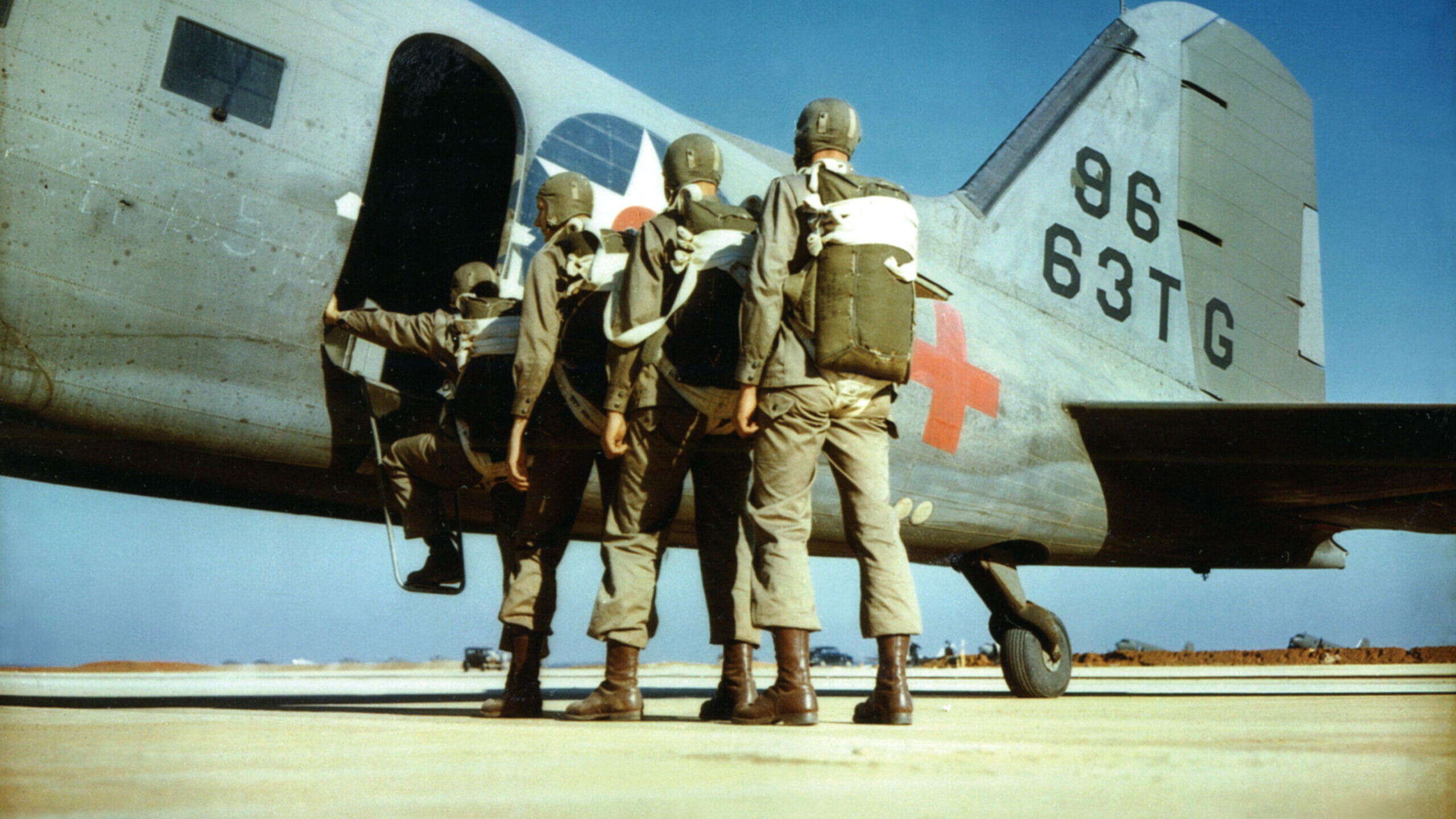
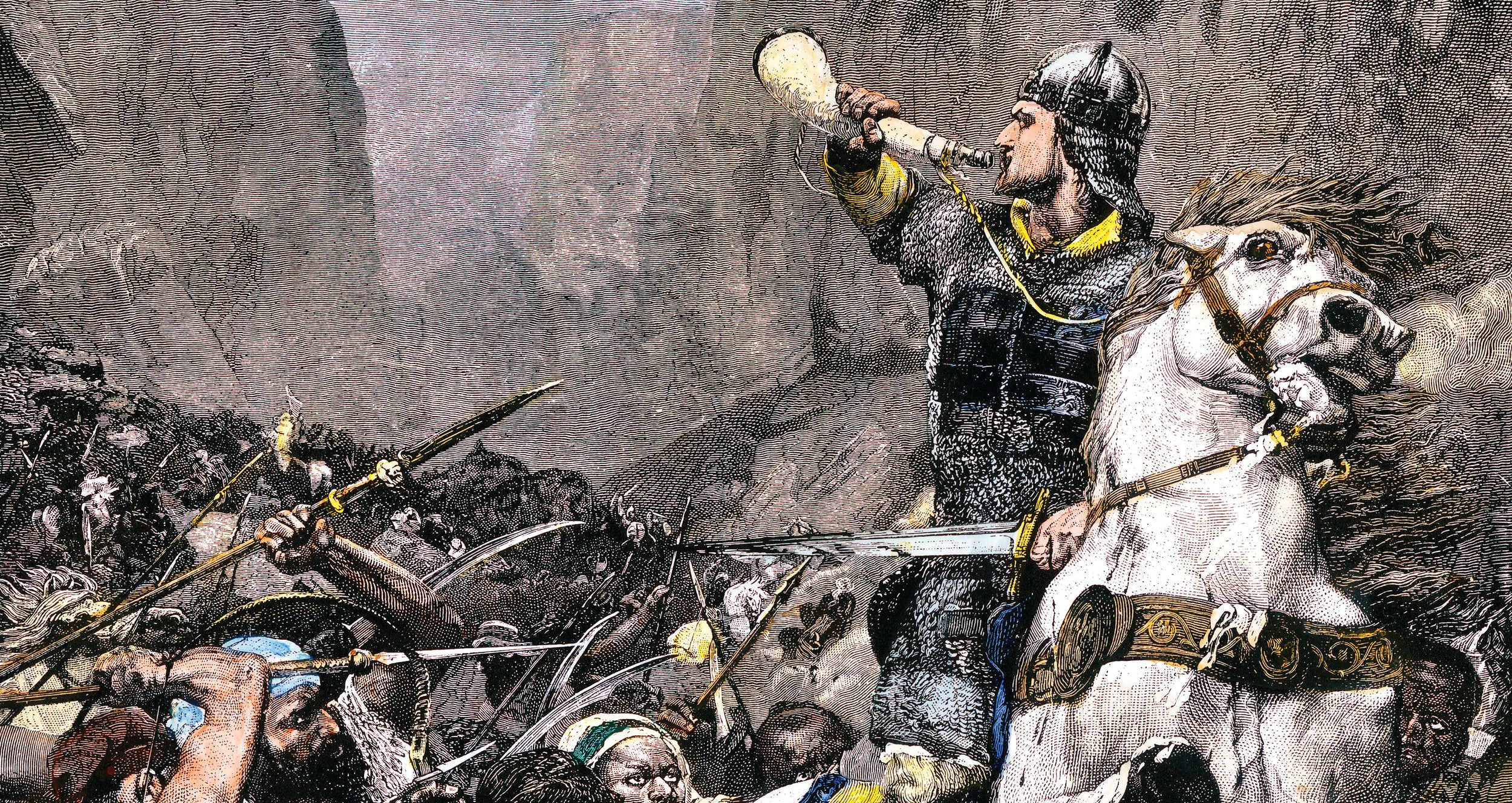
Dear Sirs,
The photo is which General Weygand reviews troops on parade is in Tripoli Lebanon (Not Tripoli Libya), and this during the French mandate on Lebanon and Syria. The parade took place in the Tell square, and the mansion in the background used to belong to the Nawfal wealthy family.